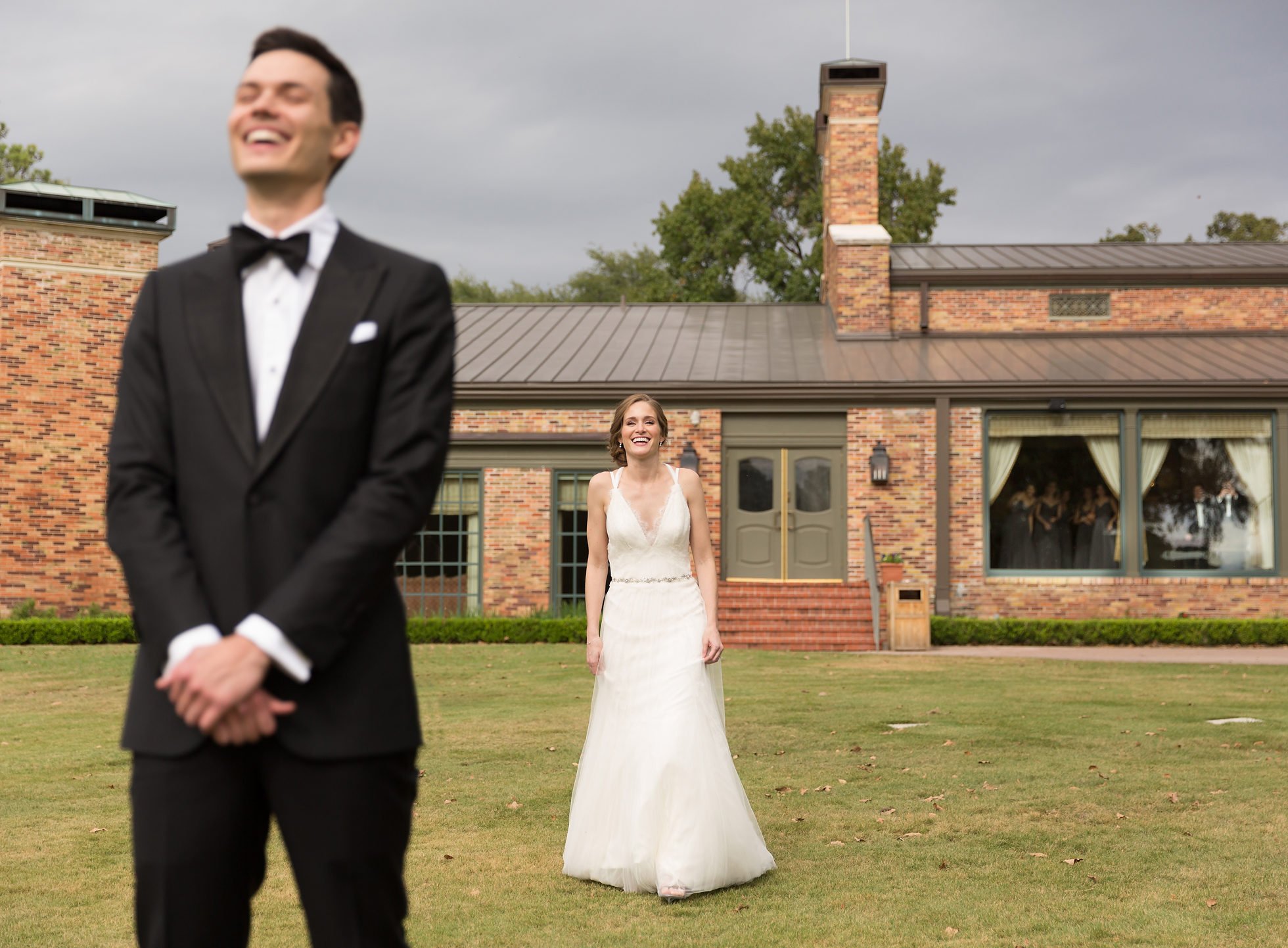What makes a great wedding photograph?
This article is about the portfolio-grade images that make a documentary photographer's work unique, define their style, and demonstrate how they see creatively. To understand work that rises above what is normal and expected it is helpful to give some thought on how to evaluate images and this article is about how we do that. Or in other words, what defines a great image?
To begin are three pillars to how I learned to grade images: light, timing, and composition. My mentor/editor, from my days as a newspaper photojournalist, used to say a good image needs to have at least two and a great image has to have all three. That is how I know if I’ve made something that rises above what I hope is good/successful standard work. So let’s dive into those pillars and look at the approach to using them.
Light -
Whenever I walk into a space with my camera I’m looking for two things: First I look at the direction of the main light source and where the space is giving us soft and beautiful light meaning where will people look flattering. The second is where can I see more interesting/directional/dramatic light. As I work the room I keep those ideas in mind as I position myself and hunt for moments and composition, many world-class images are made in interesting light but must accompanied by both great composition and timing.
This image of Molly and Bobby is one of my all-time favorites when it comes to extraordinary light. They had just finished their first look and were headed downstairs when a coordinator told them to wait on the staircase resulting in the moment above. This is such a quintessential mix of being ready (timing), beautiful and interesting light, and the wonderful composition provided by the circular winding staircase. Take away the moment between them, the light or the location and you’d have maybe something good but not as good as this image for me. In this case, I saw the light first, then the composition, and then I just waited for something to happen, and that’s how it usually goes. The light by the way was from a window above them and it was curved due to the round walls.
Here’s another moment where the light is just gorgeous, I’ve worked the scene to find a more interesting composition and I’ve waited for a composition where their faces and expressions help tell the story of this amazing reception. Again ask does this image have all three elements light, composition and timing? Just as a note, I think the blue/pink light is what sings in this image, Yes I could have made something similar with flashes etc. but preserving the ambiance is how I feel it transports you to what it felt like to be there. My thought is that this is maybe 2.5/3 but I can’t manufacture an incredible moment and truth be told it was their first dance that stole the show that night.
Timing -
The best images that showcase moments are fleeting which is definitely what makes capturing them so rewarding. You have to be present and ready to make an image so your concentration has to be “on” all the time, true moment driven photography is one part anticipation and one part quick reaction. The cardinal sin for any moment-driven photography, however, is putting the camera down when you thought you had it in the bag, it always pays to be ready for what happens right after what you thought was the peak of the action as often those are the real winners.
OK here is an image that I just love for two reasons: first is what we emphasize here, timing. Would this image be as good if they weren’t reacting to one another? I think the laugh shared by the bride and groom is key to the story of the image. The second part of what I love is this compositional layering. I positioned myself so that I could see the bride, groom, and the wedding party in the window while I focused on the bride and I was ready when the nervous energy between them came out. By contrast, if I had chosen to focus on the groom the expression of the bride might not have been visible and if I had cropped out the wedding party it would have left a great part of the story out.
This moment happened late into the night and it lasted for only 1/2 a second never to be repeated (he completely surprised her). Timing is about never giving up and always being ready for something great to happen. After hours of dancing, it can be hard to stay motivated by the action but these kinds of images keep me going because you never know what a great memory will happen.
I want to also mention that many documentary moments at weddings do come as the result of a coordinated/staged actions. First dance images, exit images at the end of the night, even ressional images of a couple exiting thier ceremony are at the heart of it, coordinated. Does that matter? Maybe, maybe not to you but when you’re evaluating an image I think it’s important to ask how easy was this image to anticipate? Did the photographer do anything to elevate the image by approaching the moment creatively? Or did somethign spontaneous happen that elevated the image to world class that he/she caught with perfect timing? Keep in mind also the risk of doing something unconventional during a big moment is real and that is why we normally work as a team so we have the ability to get a standard and a more risky image.
Composition
Composition is a photographic device that gets a lot of attention and it’s probably the easiest skill of the three to learn. Compositional tools are also often what we can most easily control to take an image from standard to good. In this image, I could have chosen to spend a few moments in the room with the bride and her dad right before they walked down the aisle but instead, I saw this frame in the sanctuary door and knew that I could strengthen the composition by adding cues about the where they were in the church and add intimacy to their moment.
Right after the ceremony the bride and groom were waiting on this staircase outside the sanctuary and I knew just from the contrast of the light that there was the opportunity for something beautiful.
Side Note: One thing I want to mention before we begin is how a photographer approaches the parts of the day where posing and directing people can vary a lot, greatly influencing the story and meaning behind images. It is important to understand that two very similar images can be made in radically different ways, one caught during an undirected, unscripted moment while the other could have been orchestrated by the photographer and critically each comes with a very different memory for the bride and groom. My advice is to keep that thought in mind as you think about the experience you want to have on your wedding day.
Summary
Well, that’s my best attempt at a summary on objectively knowing what makes a documentary wedding image rise above the rest. As you look at work, think about what you love in an image and how many of the three boxes it ticks. Light, Composition, and Timing. A skilled photographer can create consistent work that has at least one of the three elements in most images but looking for those that have two or more will give you insight into how they see, what they find valuable, and aligning that with your style is should give you the best wedding images possible.
If you want to learn more about our approach please get in touch via the contact form above or just click here.






